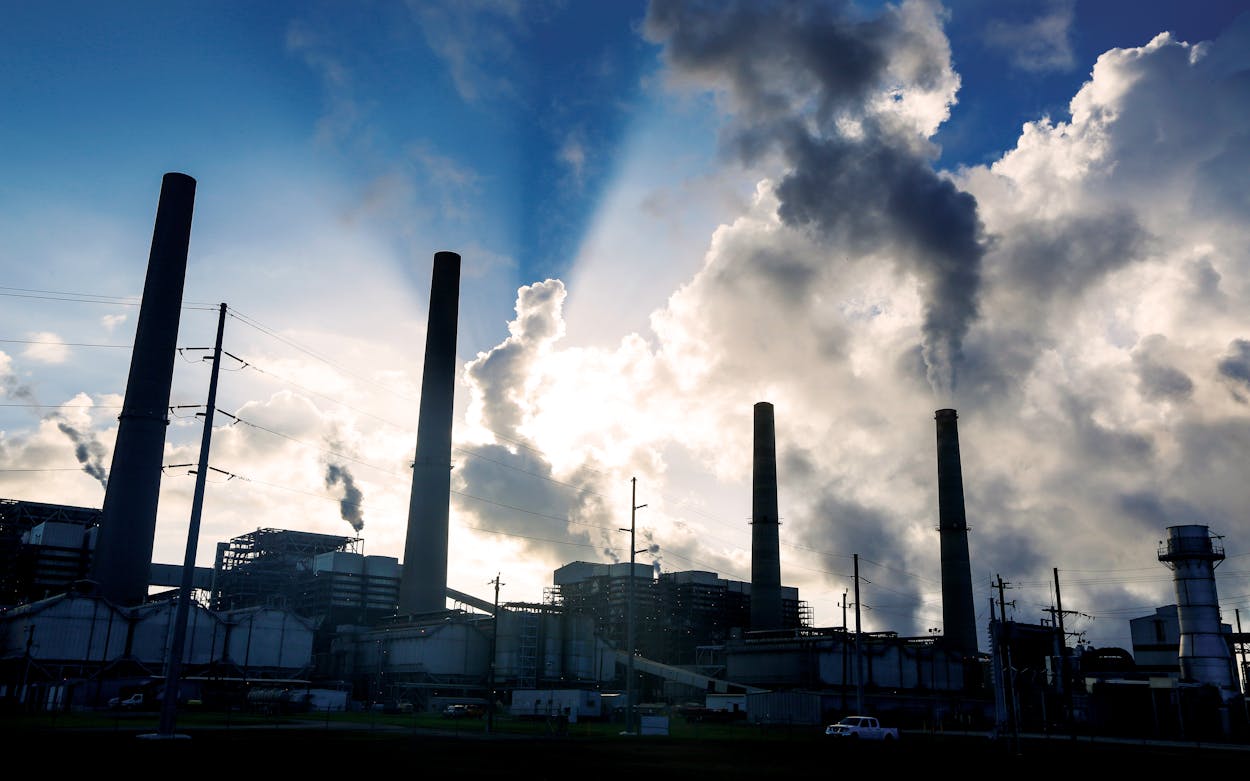On July 12, NRG Energy, an independent power producer, announced a plan to restructure the company. The proposal comes from Paul Singer, an activist investor and head fund manager of Elliott Management Corporation, and Charles John Wilder, the executive chairman at Bluescape Energy Partners. Earlier in 2017, the two partnered together to form a combined 9.4 percent stake in NRG, and in February they secured positions on NRG’s board for Wilder and Barry Smitherman, a former Texas Railroad Commissioner. As CNBC’s Tom DiChristopher reported, the plan comes after a four-month review of the company by Wilder and Smitherman:
The result of the review is a plan to raise $2.5 to $4 billion by divesting 50 to 100 percent of its NRG Yield renewable energy business and some of its conventional energy assets, which includes coal and natural gas plants. NRG also aims to remove $13 billion in debt from its balance sheet and generate $855 million in annual free cash flow.
The restructuring plan received a positive response from investors. Within a day, after the plan was announced NRG stock prices rose, with shares rising about 25 percent. Neel Mitra, director of power and utilities at Tudor Pickering Holt, told CNBC that the reason for the strong response was the faith investors have in Wilder.
“They have some very aggressive cost cuts, and the reason as to why people are buying into them is this business review committee was run by John Wilder, who is pretty much regarded as one of the most powerful and successful names in the power industry,” Mitra said.
A boom in natural gas production drove down profits for power-generation companies around the same time that government investments in renewable energy (which have a low cost) made renewable energy profitable. But since NRG also has a profitable retail business that remains stable in the face of low power prices, analysts believe that the retail business can maintain earnings. Analysts like Mitra, however, are still concerned about the NRG’s generation business.
“They have a generation fleet in Texas that’s mostly weighted towards baseload nuclear and coal,” Mitra told CNBC. “Those assets are in a really tough environment largely because natural gas prices are low and wind is crushing the off-peak pricing.”
This plan is a change of direction from NRG’s previous expansion into renewable and distributed energy, a move that was championed by the company’s former CEO, David Crane. Crane had hopes for the company to combat climate change—with a goal to reduce their carbon emissions 90 percent by 2050 by expanding into solar and wind energy, as he explained in a letter to NRG shareholders in 2014. But that summer, NRG’s stock prices began to fall, and Crane stepped down as CEO from the company in December 2015. Crane, who has remained a major shareholder in the company, admitted the new plan would create financial gain, but also described it as “one staggeringly large leap—backwards.” Notably, he called for NRG to publicly reconcile the company’s restructuring with the carbon-reduction plan it still has in place:
I think it is time for the climate movement to call upon NRG either to delineate how, under its new plan, it gets to 90 percent carbon reduction or, failing that, to formally renounce its carbon goals and stop portraying itself on its corporate website as a “going green” company before it becomes condemned for being hypocritical and misleading.
- More About:
- Energy








